Contemporary architecture is a form that blends modern styles with innovative and creative designs. It aims to create structures that stand out and captivate. From single-family homes to iconic buildings, contemporary architecture has revolutionized the world of design. In this article, we will delve into the history, characteristics, and examples of this architectural style.
What Is Contemporary Architecture?
Contemporary architecture is based on the desire to break away from traditional building ideas and create structures that are different and unique. It incorporates modern technology, materials, and ecological features. Unlike modern architecture of the early 20th century, contemporary architecture focuses on innovation and experimentation. It relies on flexible forms and unconventional thinking to push the boundaries of what is traditionally considered good taste.
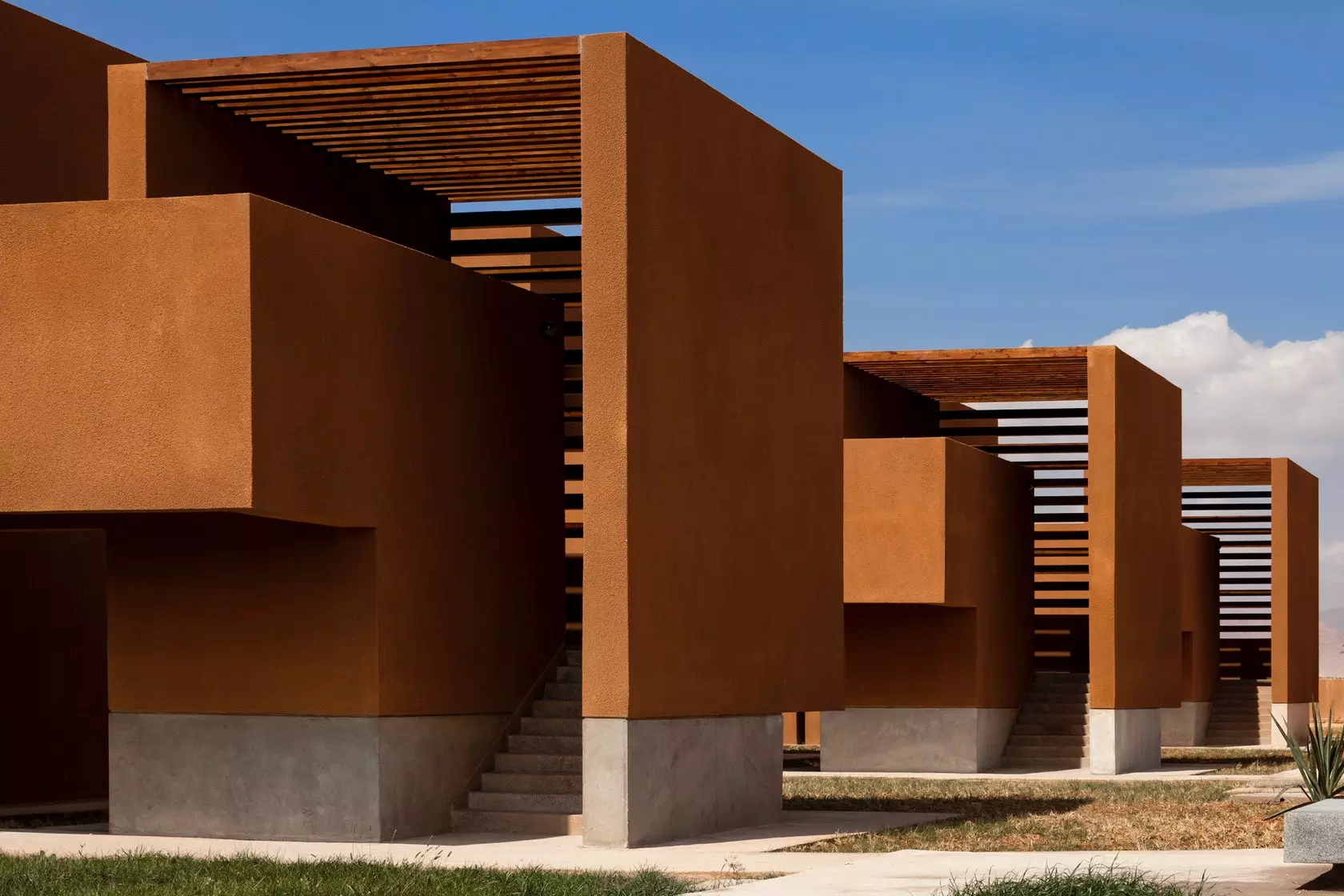 Image Source: buzz4tours.com
Image Source: buzz4tours.com
The History of Contemporary Architecture
Contemporary architecture emerged in the second half of the 20th century, after modern architecture. The rapid growth of international cooperation and the global economy after World War II had a significant impact on art forms, including architecture. Contemporary architecture is characterized by transcontinental ideals, a sense of placelessness, and an integration with the environment.
 Image Source: architizer.com
Image Source: architizer.com
The Difference Between Modern and Contemporary Architecture
While modern architecture provides a radical break from traditional styles and is influenced by modern art, contemporary architecture incorporates whatever style is popular at the time. It defies logic and focuses on innovation and uniqueness. Unlike modernist architecture, contemporary architecture embraces free-form composition and a flexible approach to design.
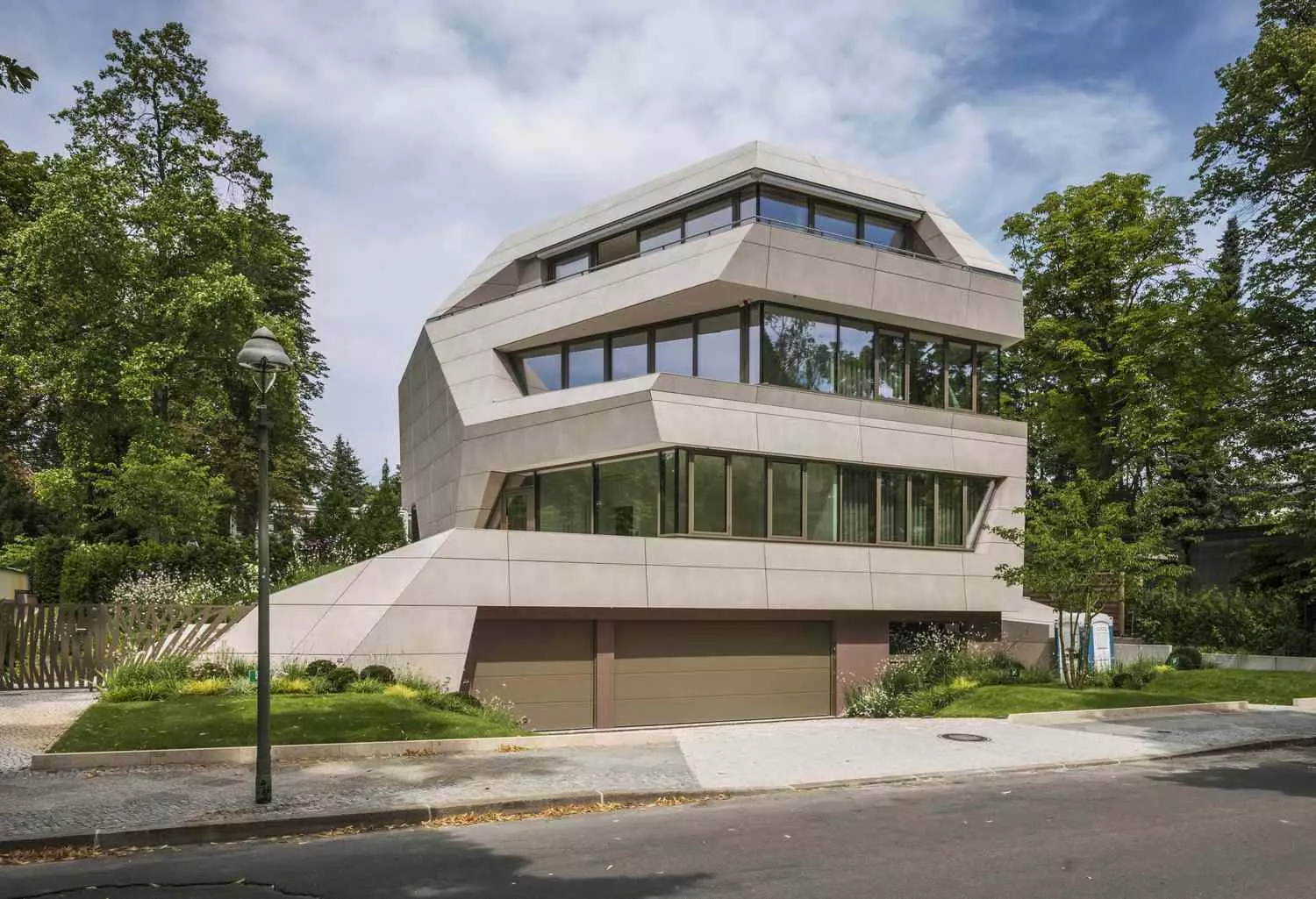 Image Source: thespruce.com
Image Source: thespruce.com
Characteristics of Contemporary Architecture
Contemporary architecture is characterized by several distinct features:
1. Form
Contemporary architecture breaks away from the dominance of straight lines and embraces curved lines and round edges. It uses contemporary materials such as glass, wood, concrete, and aluminum screens to achieve sophisticated and innovative designs.
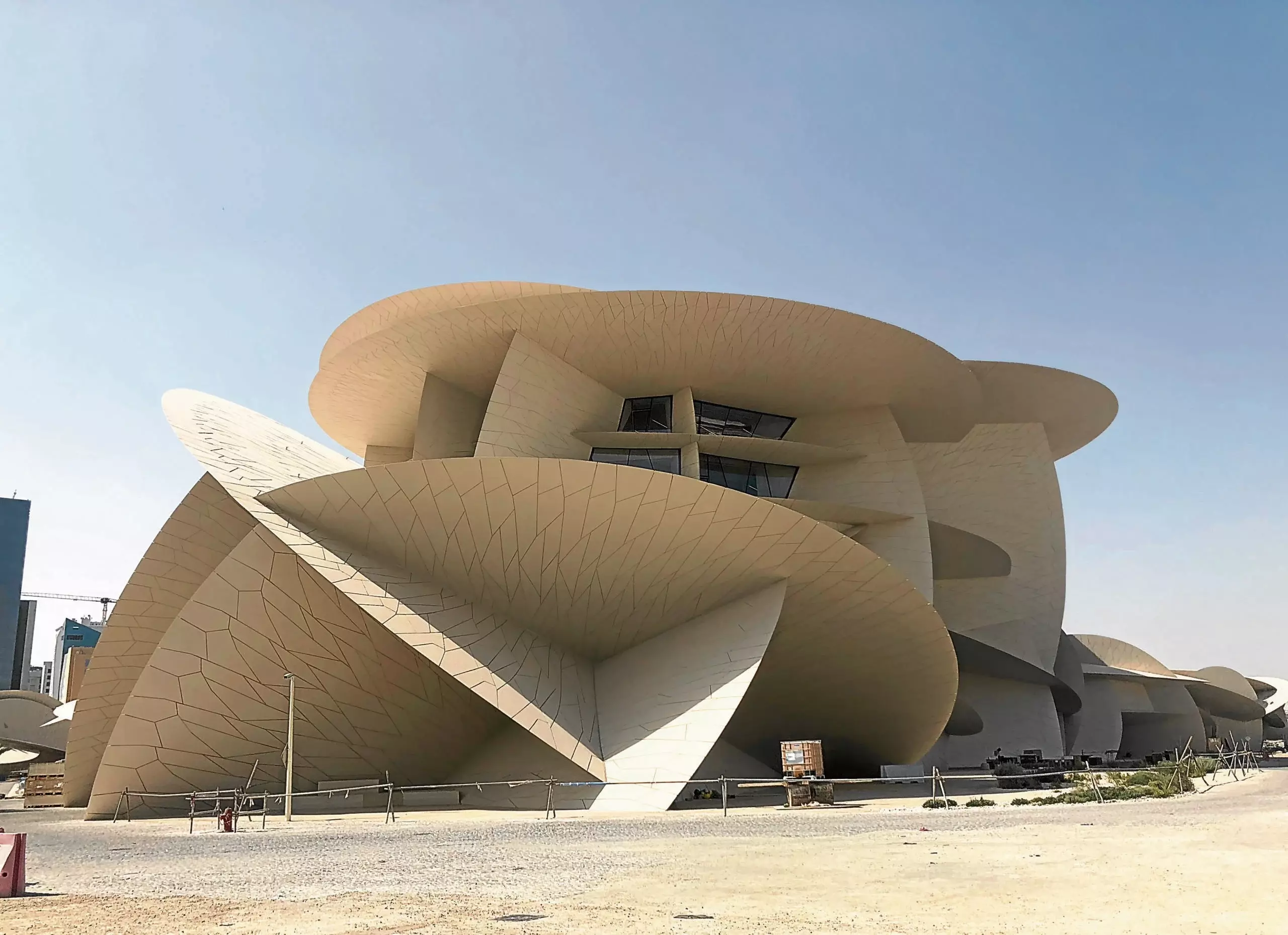 Image Source: business.inquirer.net
Image Source: business.inquirer.net
2. Open Floor Plans
Open floor plans create a sense of transparency and space in a structure. Unlike traditional architecture, contemporary architecture eliminates boundaries and allows rooms to flow into one another. This design allows for more natural light and a larger appearance.
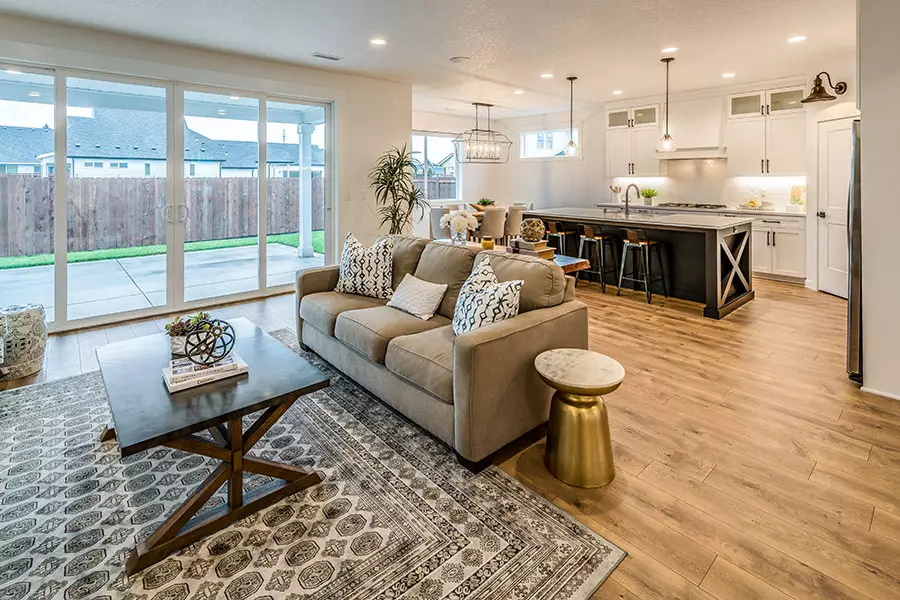 Image Source: generationhomesnw.com
Image Source: generationhomesnw.com
3. Unconventional Materials
Contemporary architecture often uses unique and unexpected materials for both the interior and exterior. It combines modern and natural materials such as concrete, metal, wood, and stone. The use of sustainable and eco-friendly materials is also a prominent feature.
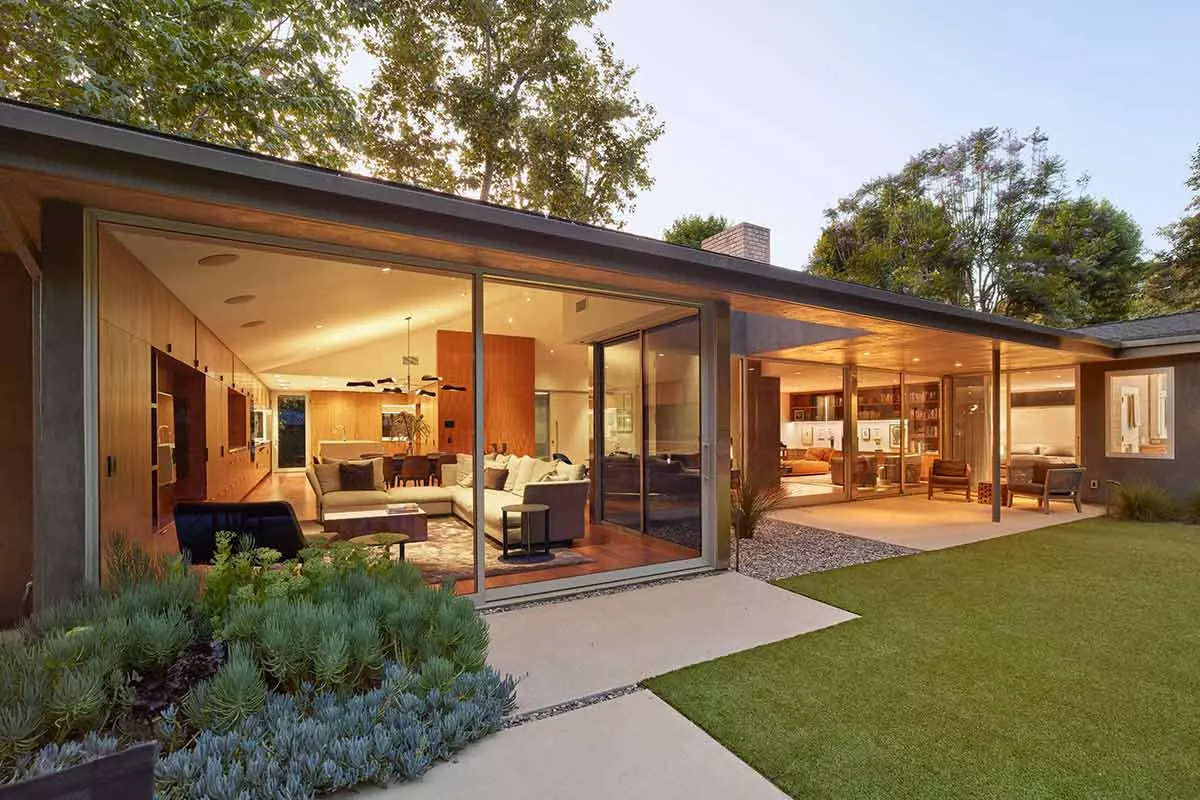 Image Source: cgbg.org
Image Source: cgbg.org
4. Composition of Volumes
Contemporary architecture embraces open spaces, clean lines, and uncomplicated designs. It features round, curved, and free-form shapes, creating interesting interior spaces. It also incorporates slanted ceilings and walls to add uniqueness to the overall design.
 Image Source: khanacademy.org
Image Source: khanacademy.org
5. Flat Roofs
Flat, overhanging roofs are a key element of contemporary architecture. They provide shade, protect the structure from the elements, and create a cohesive design. Innovative roofing materials such as PVC or EPDM rubber are often used for flat roofs.
 Image Source: modal-design.com
Image Source: modal-design.com
6. Nature Compliant
Contemporary architecture integrates with the natural environment. It uses large panels of glass to allow natural light into the room and offers passive solar heating. Clerestory windows and skylights are also common elements that bring light from the outside world.
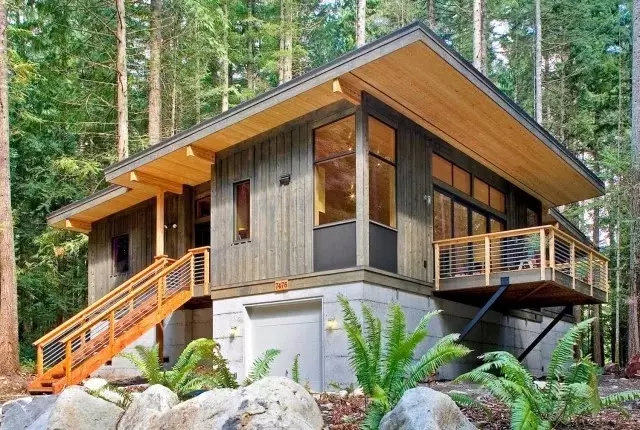 Image Source: jbsolis.com
Image Source: jbsolis.com
7. Environmental Considerations
Sustainable design is a priority in contemporary architecture. It incorporates eco-friendly materials and building styles that have minimal negative impact on the environment. Solar panels, green roofs, and an overall harmonious relationship with nature are common features.
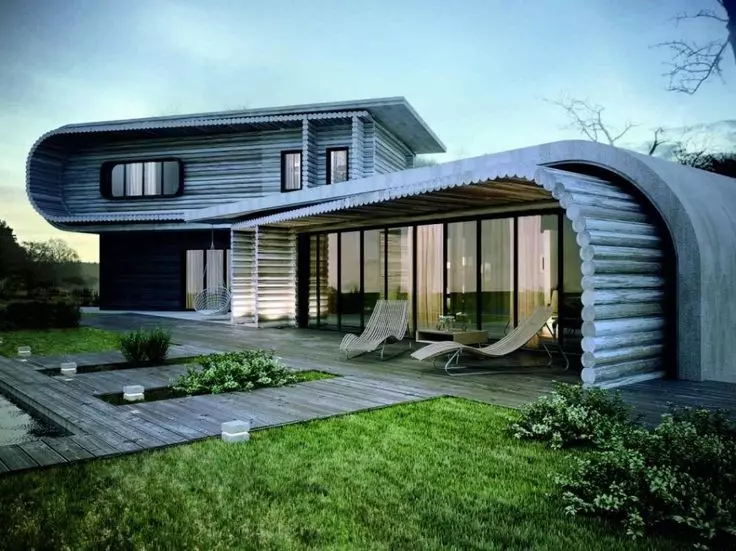 Image Source: pinterest.com
Image Source: pinterest.com
8. Minimalism in Design
Contemporary architecture focuses on functionality and showcases clean, non-fussy aesthetics. It avoids excessive decoration and uses unique materials to create a luxurious and tranquil atmosphere. The use of curved facades helps break the geometric monotony.
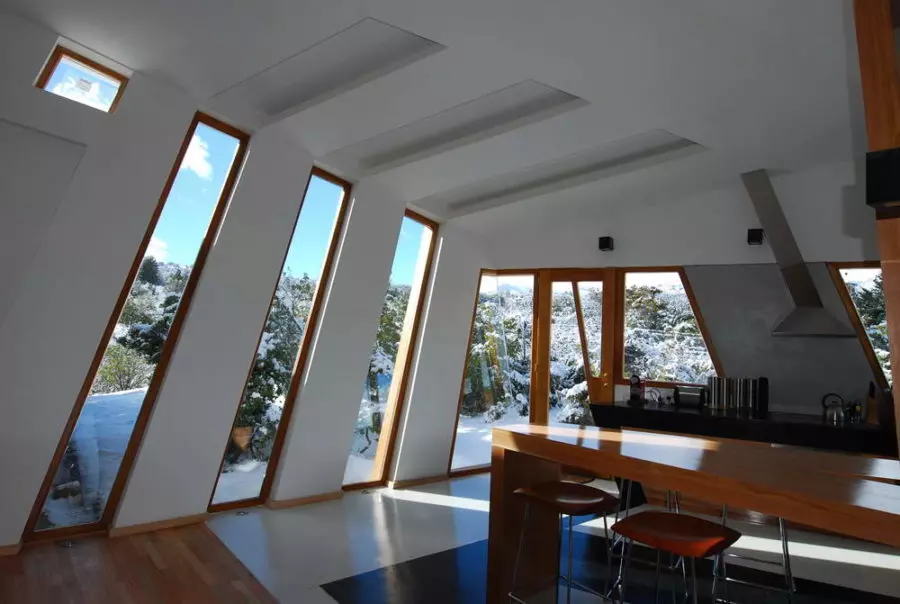 Image Source: selo.global
Image Source: selo.global
9. Large Windows
Contemporary architecture utilizes large windows to create spectacular views and bring in abundant natural light. Floor-to-ceiling windows, panoramic windows, and skylights establish a seamless connection between the indoor and outdoor environment.
 Image Source: trendir.com
Image Source: trendir.com
10. Integrated Smart Home Technology
Smart home technology is an essential characteristic of contemporary architecture. It allows homeowners to control various aspects of their environment through simple voice commands. Smart devices improve convenience, security, and potential energy savings.
11. Bright Open Interiors
Contemporary buildings are known for their abundance of natural light. With large glass windows and open floor plans, they create bright, comfortable, and relaxing spaces.
12. Classicized Borrowed Ideas
Contemporary architecture borrows ideas from various architectural styles, including those from the early to mid-20th century. This flexibility and integration of classic elements give contemporary designs a unique and creative edge.
Examples of Contemporary Architecture
Here are some recognizable structures that exemplify contemporary architecture:
1. The Blue Planet, Copenhagen
Architect: 3XN Year completed: 2013
The Blue Planet is a remarkable aquarium in Europe. Its design simulates the swirling fluidity of the ocean through curved wings, and the exterior is covered in a shimmering fish-scale-like aluminum.
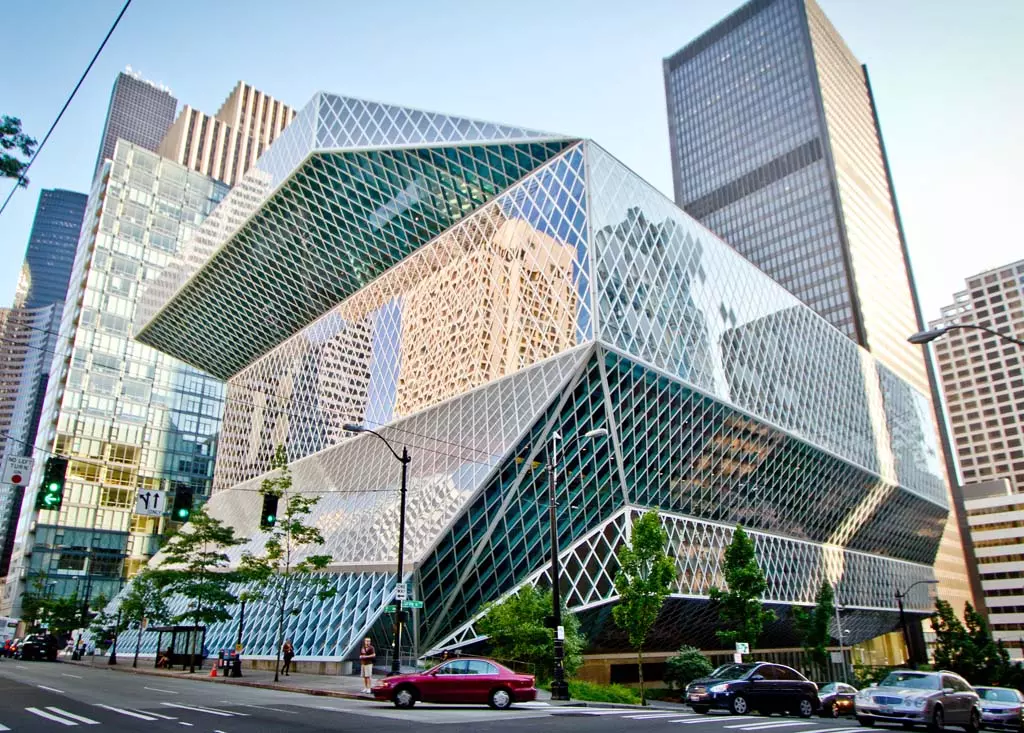 Image Source: inexhibit.com
Image Source: inexhibit.com
2. Central Library, Seattle
Architect: Rem Koolhaas and Joshua Prince-Ramus of OMA/LMN Year completed: 2004
The Seattle Central Library is a unique and innovative library known for its faceted shape. It integrates multiple sections and serves different functions, creating a visually stunning and functional space.
 Image Source: historylink.org
Image Source: historylink.org
3. Disney Concert Hall, Los Angeles
Architect: Frank Gehry Year completed: 2003
The Disney Concert Hall is an iconic and polarizing building known for its unique blend of geometric shapes and metallic surfaces. Its design reflects Gehry's post-structuralist aesthetic.
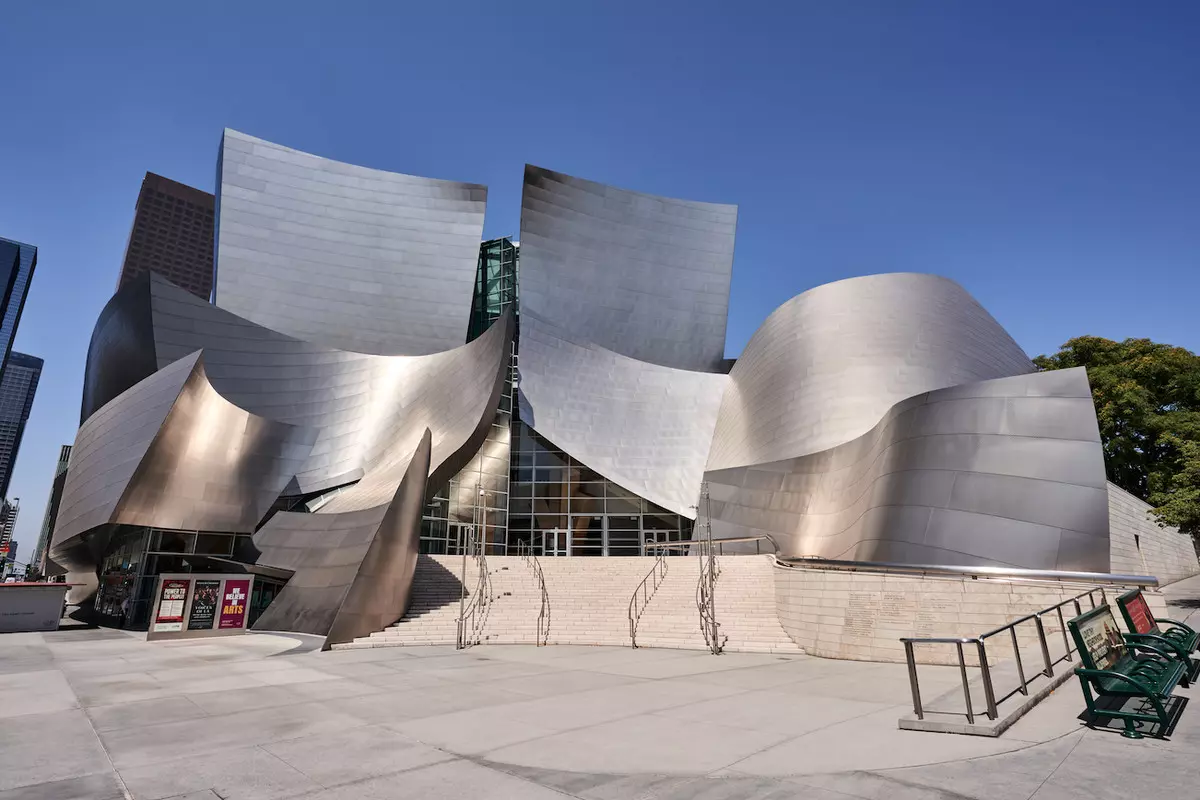 Image Source: la.eater.com
Image Source: la.eater.com
4. Heydar Aliyev Cultural Center, Baku
Architect: Zaha Hadid Year completed: 2012
The Heydar Aliyev Cultural Center is an architectural masterpiece known for its seamless and dramatic curve design. It blends organically with the surrounding environment and has won several awards for its innovative design.
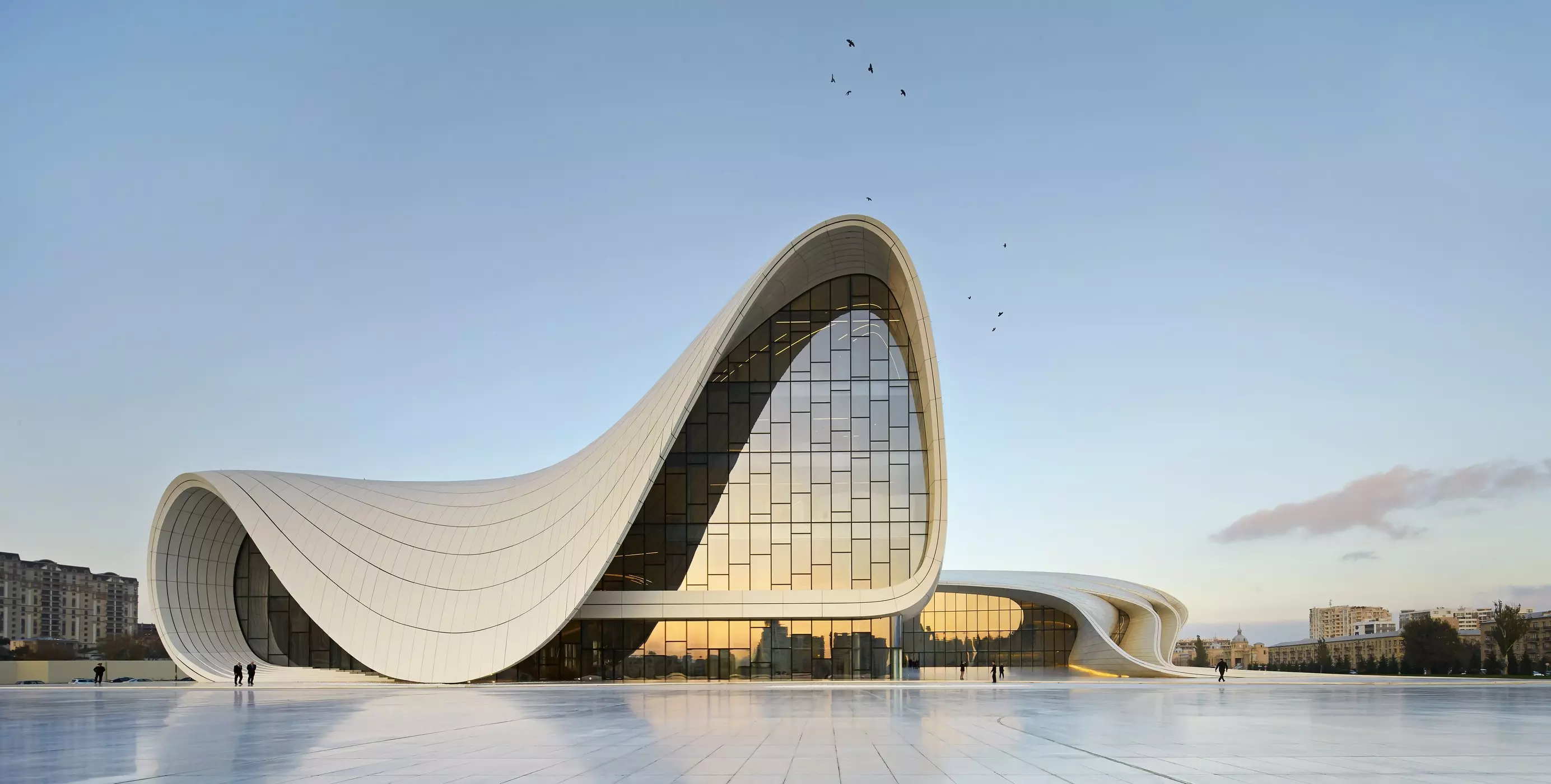 Image Source: archello.com
Image Source: archello.com
5. CCTV Headquarters, Beijing
Architects: Rem Koolhaas and Ole Scheeren of OMA Year completed: 2012
The CCTV Headquarters in Beijing is a striking building designed in the shape of trousers with a spiral design. It is a unique and ambitious architectural feat that has become a landmark in the city.
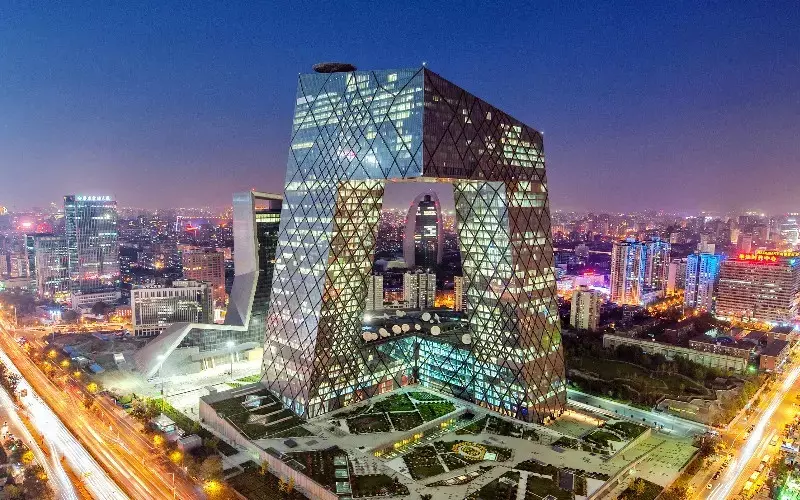 Image Source: chinahighlights.com
Image Source: chinahighlights.com
These examples showcase the diverse and innovative designs that contemporary architecture has to offer. From iconic landmarks to residential buildings, contemporary architecture continually pushes the boundaries of what is possible.
Materials Used in Contemporary Architecture
Contemporary architecture utilizes a range of materials to achieve its distinct designs:
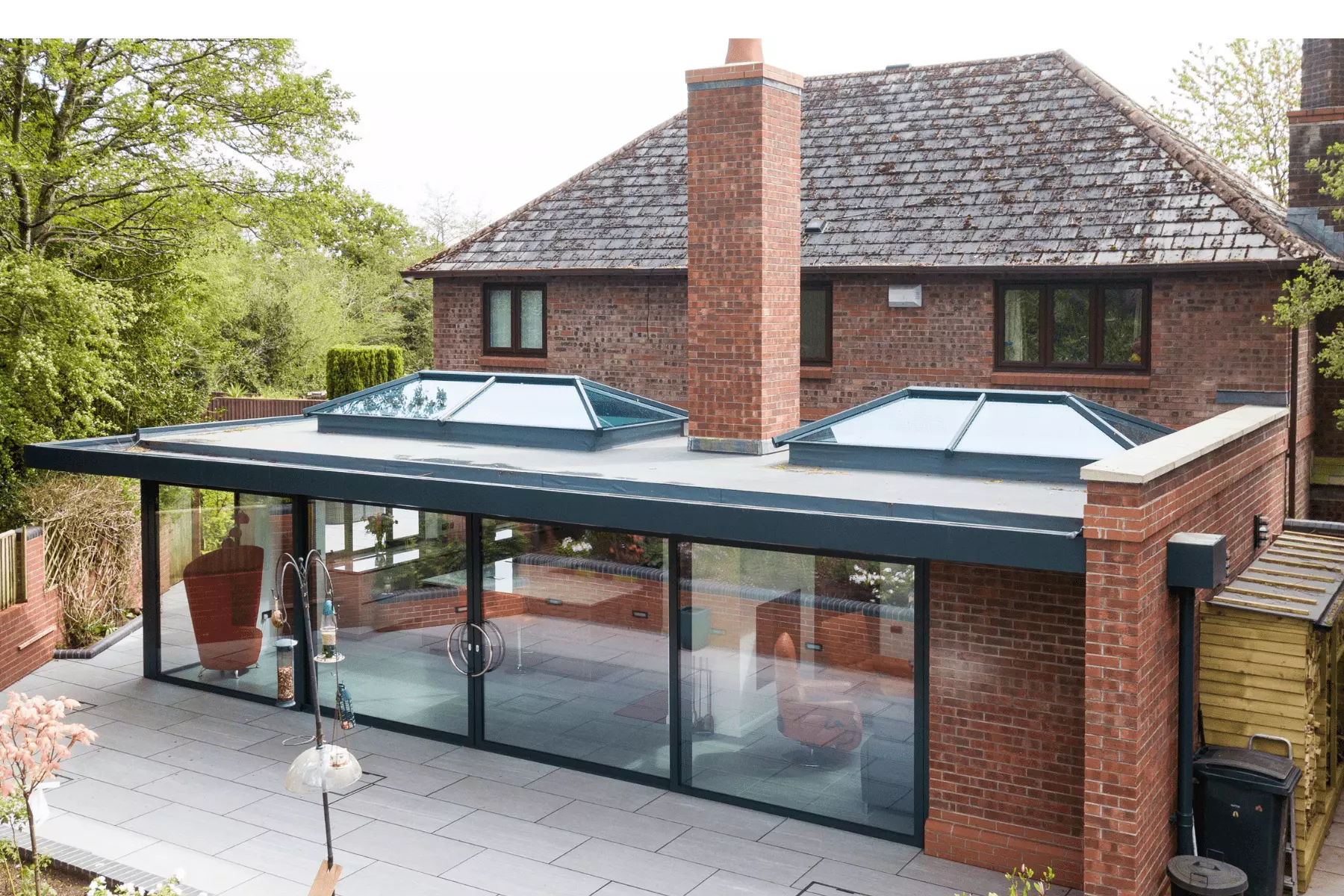 Image Source: ultraframes-conservatories.co.uk
Image Source: ultraframes-conservatories.co.uk
- Bricks: Bricks offer flexibility and can be combined to create unique designs.
- Concrete: Concrete can be molded into various shapes and is used for slabs, beams, columns, and foundations.
- Wood: Wood adds warmth and comfort to a structure and complements the overall design.
- Steel: Steel is flexible and used for structural elements such as beams, trusses, and door frames.
- Tiles: Tiles come in various materials, colors, and textures, adding aesthetic appeal to contemporary designs.
- Glass: Glass provides transparency, natural light, and protection from weather changes.
- Stone: Natural stone is valued for its range of colors, textures, and sizes and is used to enhance contemporary designs.
Contemporary architecture combines these materials creatively to achieve visually stunning and functional structures that stand the test of time.










